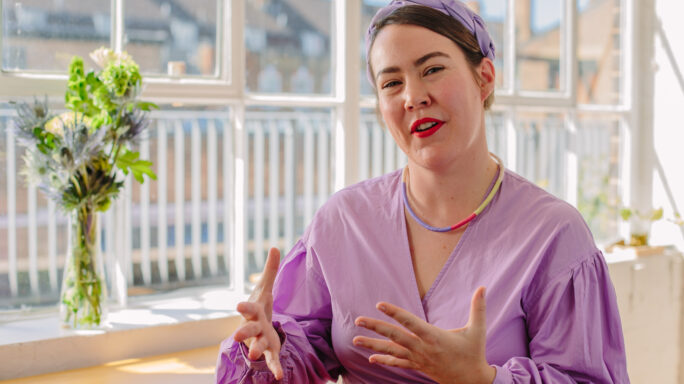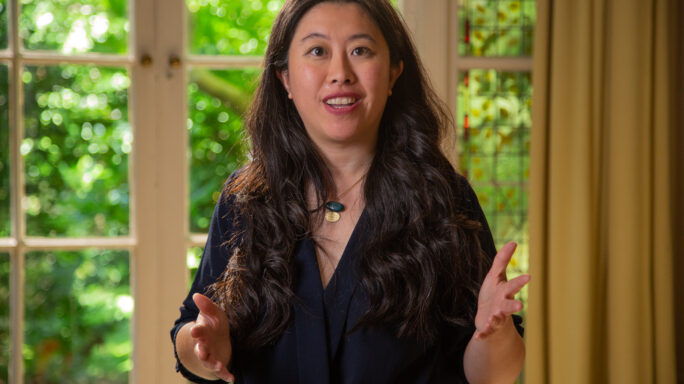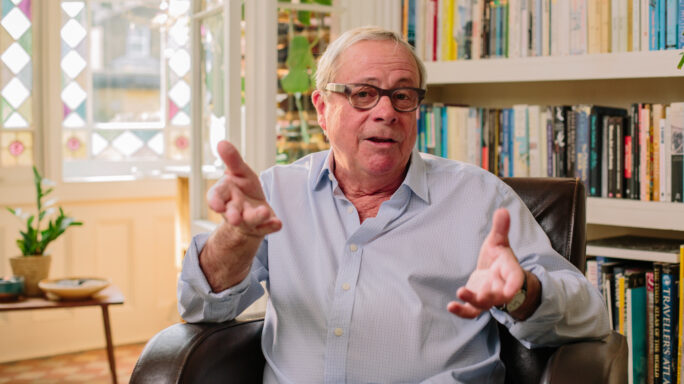Season 2: Unlocking productivity
You are not a to-do list. How a pause can transform your productivity

Despite everything we are told, being “always on” is not the key to business success. Just working harder and harder, putting in more and more hours won’t make you more productive. In fact, it will probably wear you out, or burn you out. Machines may well work at a constant, high speed, but people don’t.
One simple, yet powerful way to transform how productive you are is to think about the space between the tasks – the pauses. Thinking consciously about when, how, and where you pause shifts your relationship to time in a productive and rewarding way.
It puts you back in the driving seat and enables you to use time more effectively. Pausing well is an integral part of action, not the opposite to it. A pause can be just a moment, but it changes what is possible and what you are capable of.
Busy is the new lazy
There is a lot of pressure to be busy. Technology is one obvious cause and social pressure is another. So it is hard to avoid. But if you are always “busy” it means you aren’t able to see what is most important, you are just on the treadmill of the next thing to do. Rushing from one thing to the next is a way of avoiding important questions and choices, so it is a form of being lazy.
This isn’t productive. You find yourself in a state of “continuous partial attention” where you are forever being interrupted and never have the opportunity to properly consider decisions or alternatives; come up with new ideas; decide NOT to do things that don’t matter; or simply appreciate the moment or the company. Inevitably, as you rush to get jobs ticked off, the quality of your work suffers.
If you understand this, you can get more out of your time by using pauses to improve and deepen what you are capable of.
A few years ago, I helped design a CEO summit for a global company. We designed it so that there was an empty day at the end with no schedule attached to it. There was a lot of pressure for this day to be filled, so that “everyone could make the most of their time together” but we resisted. We were convinced this wasn’t the way to make the most of the time.
It felt dangerous – everyone was so used to every minute of the day being accounted for, even if it was a scheduled tea break – but to have nothing felt liberating and turned out to be hugely important. That “empty” space – a pause between the content of the course and the return to work gave the delegates time to process and reflect on everything they had learned. The scheduled “pause” added a huge amount of value.
The same principle can be applied to your working day, week, or year. Building in a pause can help you be more effective. This can feel counterintuitive. The pressure to fill every moment is very strong, yet to get things done well, you sometimes need not to be doing things.
Another client of mine just ran a two-day offsite where no work content was allowed. It was a pause to build relationships in a virtual team spread across three countries. She is wise enough to know that a pause like this will make the teams far more productive in their everyday work, because of the understanding and connections that are created between people.
Pause to disconnect
So, what is a pause and how can it help you transform your work life? A pause can be anything from a fleeting moment to seconds, minutes, or hours – even days or months, depending on the context. Pausing and disconnecting yourself from whatever you are doing while you shift your focus onto something else entirely, isn’t delaying, slowing down, or doing nothing.
The radical idea here is that something happens in a pause, or because of one.
robert poynton
It allows your subconscious mind to take over and open up new options, ideas, and creativity. Something that’s becoming ever more critical to today’s world of work. Unexpected and unpredicted situations require new thinking and solutions. A pause is not stopping – it’s a valuable route to being far more productive at work. A pause is regenerative. Rest is a part of that, but regeneration is a much bigger and more important idea.
Ways to pause for productivity
There are many ways to bring pauses into your working routine. One I use when writing is to focus on “Deep Work” in 90-minute blocks, setting a timer and working until that time is up. That eliminates distractions that can put you off. But the key is to stop after the 90-minutes–even if you’re on a roll–to do something else before repeating the process.
By doing this, you can separate deep periods of concentrated work from smaller tasks or interruptions that are so common. I borrowed this from someone who was himself, quite productive – Charles Darwin.
If you are working from home, another effective way to pause is to create your very own “commute” to work. This could be as simple as leaving your house and walking around the block before returning to “go to work.” Or it could be walking or cycling for the same amount of time it would take you to commute to the office in the morning.
Whether you’re office-based or work from home, a commute can give you time to pause, think, reflect, and create space before work for a more productive day at work. Thresholds of any kind – getting in the car, or getting out of it, coming home, or leaving the office are all useful triggers to a short pause that can help you re-set and get more out of both what you are leaving and what you are joining.
You are not a to-do list
Make sure you take (a little) time to pause and make more effective use of your time. Even a small pause now and again can make a big and lasting difference. Understanding that “time out is time in” can have a transformative effect. Remember – a little goes a long way!





Leave a comment